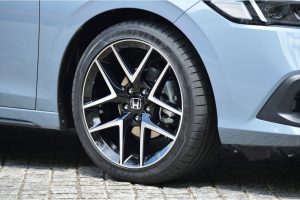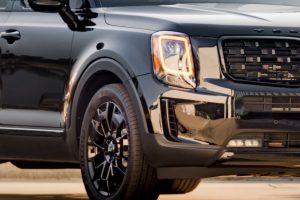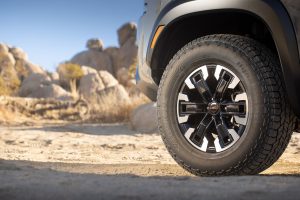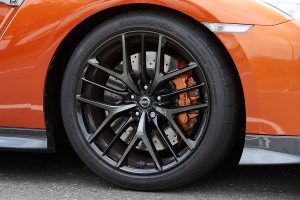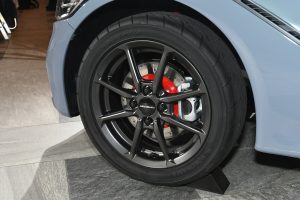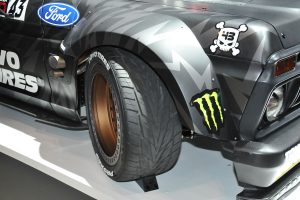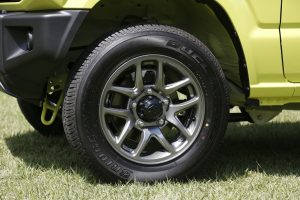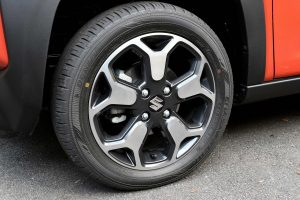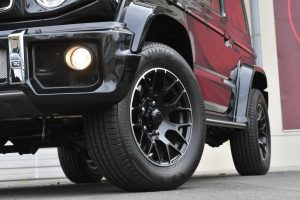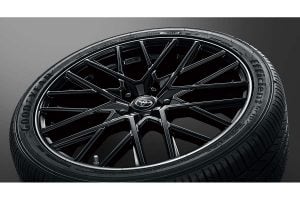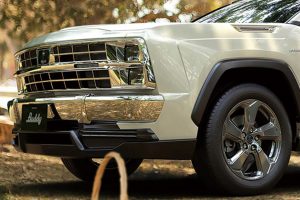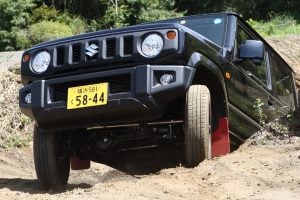As autumn returns, your thoughts may turn to changing your tyres – though all-season tyres have improved greatly over the past few years, meaning you may not have to bother.
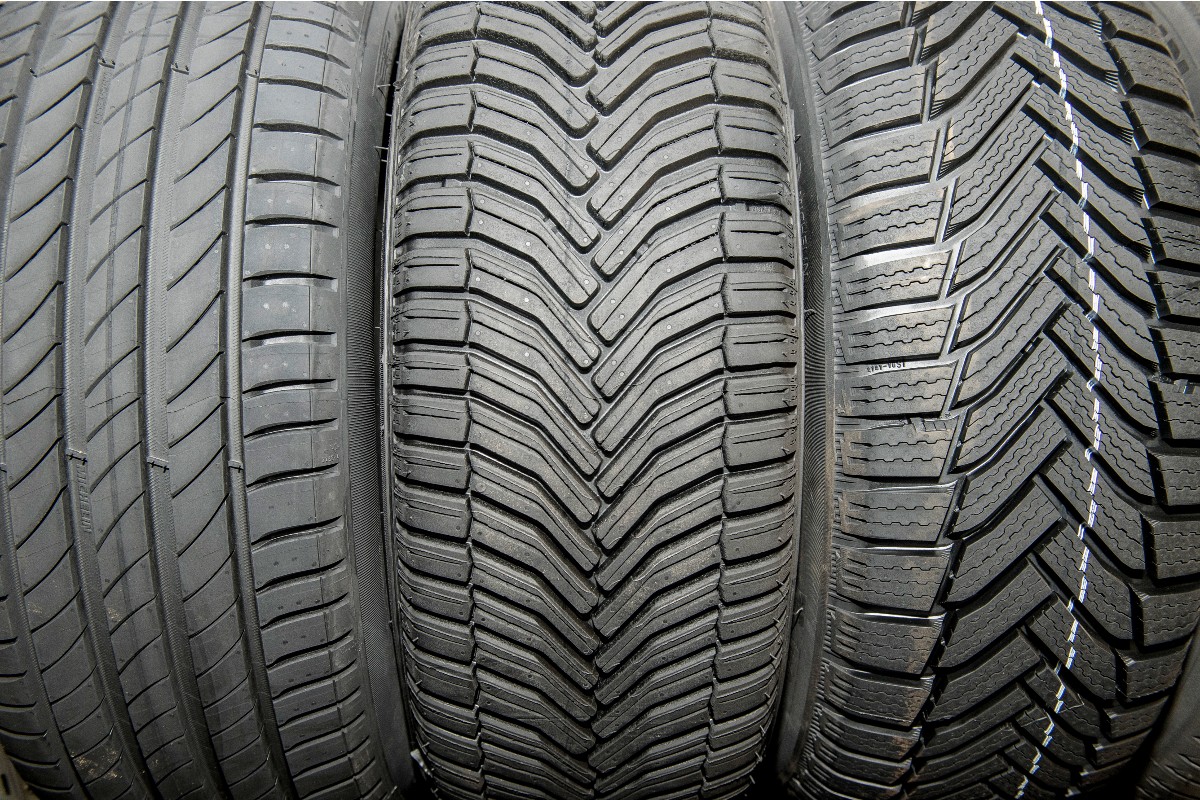
Manufacturers design all-weather tyres to offer a combination of summer and winter tyre qualities. The aim is to give drivers a confident driving experience the whole year round without the need to change tyres twice a year.
However, tuning the tread to bite the road surface in both winter and summer conditions is difficult when using all-season compounds. This means the tyres are limited in performance.
But this isn’t always the case, and testers in Germany recently looked at 10 types, most made by the major producers, and weighed up which work best. An analysis by Auto Bild Allrad testers assessed the 215/65R17 size, the entry-level standard for medium-sized SUVs.
If you’re in Europe and your tyres are marked M+S or Alpine, you can use these tyres all year round across the EU.
However, if you’re driving through snow, winter tyres are still your best bet in terms of traction, lateral control, steering and braking. But many of the all-season tyres in the test almost reached winter-tyre quality levels.
On dry roads, summer tyres are optimal in terms of handling, rolling resistance and braking. But even here, plenty of the all-season tyres came close in terms of performance. Meanwhile on wet roads, some of the models tested were even better than some comparable winter or summer models.
Testers recommended the Hankook Kinergy 4S2 X, thanks especially due to their performance in snow – they cost around 200 dollars each.
Meanwhile the Michelin CrossClimate 2 (about 180 dollars) and the Goodyear Vector 4Seasons Gen-3 SUV (about 150 dollars) came in second and third, with both earning a rating as “good.”
Overall, all-season tyres tend not to excel in either summer or winter conditions, although they can be expected to work better in icy or snowy conditions than summer tyres.
A summer tyre has a more rounded outline which gives it a lower rolling resistance and provides better grip in the conditions you would expect from the summer season.
All-season tyres tend to be larger and are more square in shape, resembling the outline of a winter tyre. The larger shoulders provide fine grip in the winter, but also increase tread wear and fuel consumption in the summer since the rolling resistance is higher.
Drivers in countries where winters are harsh and snow and ice is a regular occurrence may still want to use summer tyres when it is warm and winter ones when temperatures drop.
It is worth noting that in most countries there is no binding industry standard to classify all-season tyres. The quality can therefore vary considerably between different manufacturers.

